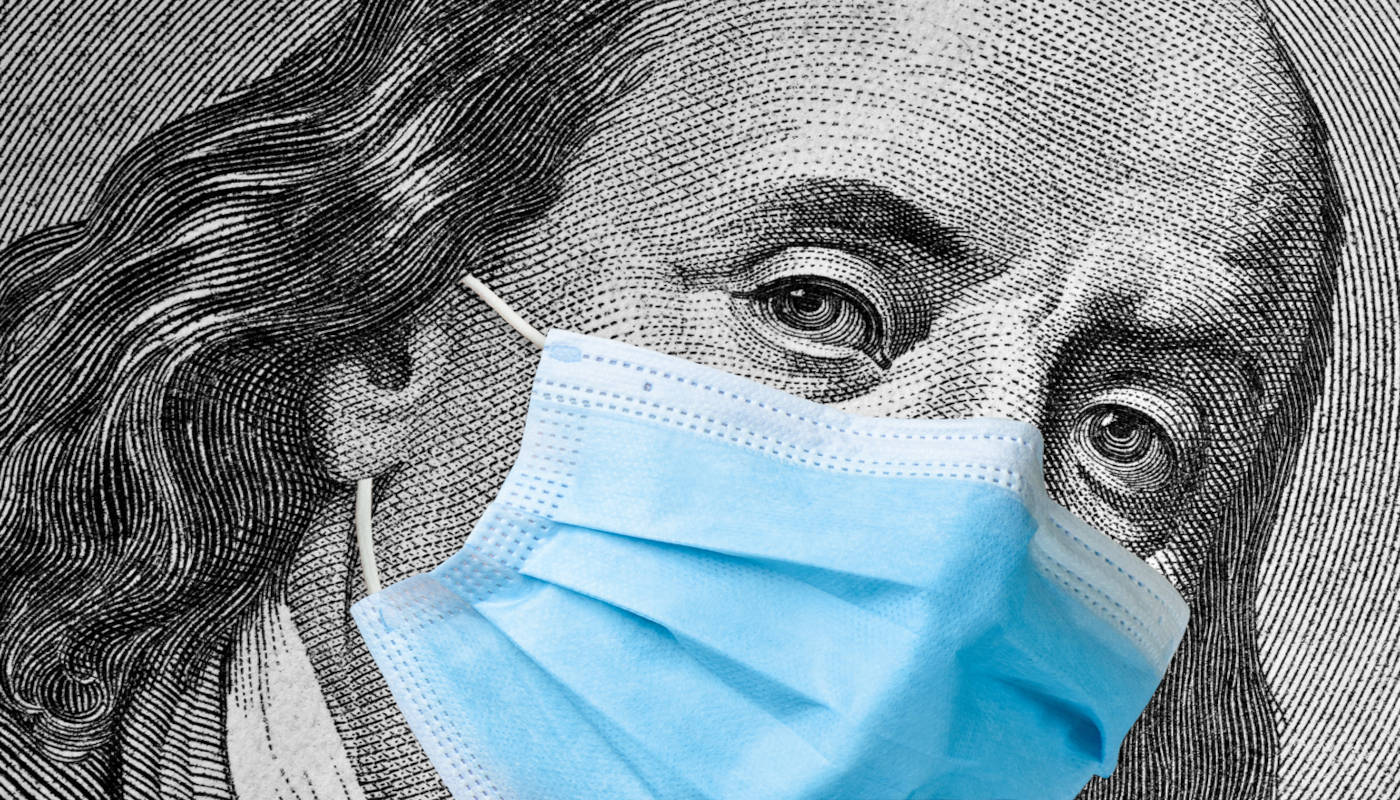
The pandemic has produced unprecedented shocks that have hurled financial institutions' risk limits into chaos in a short period of time. Consequently, significant revisions to the standard risk appetite methodology are needed.
An organization's risk appetite determines how it sets its objectives, makes credit decisions, establishes risk limits and allocates capital. It is usually adjusted annually, via a complex process that puts high demand on the time and resources of senior management and the entire organization.
But COVID-19 has demonstrated that risk appetite should be adjusted more frequently, using a different approach with a simplified and streamlined process.
Existing Problems with Risk Measurement and Risk Appetite
To understand when the right time is to start reducing risk and what actions must be taken at that time, a company must be forewarned. As no one can predict the future, it is critical to know with what probability you might cross the established (acceptable) boundaries.

Today, risk is usually measured as volatility (uncertainty) around the expected (baseline) projections. This ignores fat tails of risk distribution.
Risk measures must instead consider the full distribution of the potential outcomes, without which neither the baseline nor the true uncertainty can be estimated. Stress testing with a few handmade scenarios is not enough.
Indeed, risk appetite must realistically assess all stress outcomes and identify the acceptable bounds of capital, losses, and earnings that an organization can afford while pursuing its strategic and tactical goals.
One problem with the current risk appetite process is an over-reliance on historical data, through either value-at-risk or standard regression models. Analysis based on historical data performs poorly in the aftermath of unexpected shocks.
Many standard models predicted unrealistic credit losses amid the pandemic, because one of their key drivers was unemployment rate that almost quadrupled within a month (March) earlier this year. The so-called “Great Shutdown” changed the order of traditional dependencies: historically, unemployment and GDP have been lagging indicators, but, under COVID-19, became leading ones..
It is no wonder that many standard regression models failed under these circumstances, as their predictive power is limited to continuation of established trends.
Potential Solutions: A Multi-Scenario, Data-Driven Approach
The standard response to these problems is to try finding new explanatory variables to re-train the regression model underlying the risk appetite statement. However, selection of such new variables is based on historical experience that is not applicable in unprecedented situations. Moreover, even if a suitable substitute is found to fit a particular case, it doesn't mean that these variables will work in the next crisis.
A better approach is given by machine-learning techniques like data-driven prediction - e.g., regression with regularization. These techniques provide robust forecasting by fitting the outliers, without overfitting. Such training gives a higher level of confidence that the new outliers might be predicted with better precision.
Through exhaustive cross validation, these methods fit regression-style equations. They select the minimum number of explanatory variables out of hundreds of possible candidates and allow risk managers to expand their intuition for conditions that never previously occurred.
Still, regression is not a panacea. A risk appetite methodology is not about precision; rather, it should be focused on capturing the tails of risk driven by sudden shocks.
Instead of spending tremendous amount of time and resources trying to find the “precise” forecast (which, in most cases, is false, anyway), banks should be ready for all types of potential scenarios. This can be achieved through the generation of multiple future scenarios that incorporate known and unknown shocks with various combinations of probability and severity.
These scenarios can capture the consequences of these shocks on all underlying variables, and risk appetite statements therefore can be formed with a much better preparedness for unprecedented (new) events.
One year ago, no one could have exactly predicted the pandemic. But it was natural to expect that something might happen in the near future that will interrupt 10 years of calm.
When assessing COVID-19 or any crisis, it is not necessary to start with an exact definition of the shocks that caused the downturn; rather, think about the maximum magnitude of an adverse shock and the resulting impact on your balance sheet. It's wise, moreover, to consider a variety of shocks - including devastating shocks with small probability, medium shocks, and frequent shocks with moderate effects.
After you take all of this into account, you can understand the degree to which different combinations of shocks will impact your positions - allowing you to prepare a risk appetite statement that can withstand all kinds of storms.
A top-down approach that focuses on the breadth, and not precision, is easy to implement without straining an organization's resources. With access to multiple scenarios, it is possible to identify both the sources of adverse outcomes and early warning signs that lead to them. This enables banks to adjust their risk limits according to prespecified plans, as shocks reveal themselves via different scenarios.
The traditional process for risk appetite is daunting. But our suggested adjustments simplify it enough to enable more frequent execution.
Benefits of a Revised Approach
There are multiple advantages of such a proactive risk appetite framework. For example, it improves banks' risk awareness, enabling them to maintain their course and pursue profitability. It's also not just a defensive framework - paradoxically, a bank might discover that fairly aggressive lending is still within its adjusted risk appetite.
Quite often, a reverse scenario analysis performed during a risk appetite adjustment shows that the worst contributors of losses in the most adverse scenarios are the mid-range risk segments, not the high-risk ones. This happens because the mid-risk obligors have substantial room for deterioration in adverse scenarios, while the high-risk obligors - when properly charged - exhibit fewer unpleasant surprises.
Another advantage of a proactive, dynamic risk appetite framework is its ability to maintain optimal capital buffers for credit loss allowance, capital and liquidity. Through this approach, instead of storing capital upfront to provide for every adverse scenario, a bank can strike the right balance between having sufficient coverage for forward-looking credit losses and maintaining healthy ROE.
What's more, unlike annual (traditional) risk appetite review process, more frequent risk assessments enable a bank to perform timely adjustments with limited resources.
Parting Thoughts
Uncertainty is not over. Since this pandemic is unprecedented, market and credit risk face bigger potential swings than ever. In these volatile times, an agile risk appetite framework is a must.
Alla Gil is co-founder and CEO of Straterix, which provides unique scenario tools for strategic planning and risk management. Prior to forming Straterix, Gil was the global head of Strategic Advisory at Goldman Sachs, Citigroup and Nomura, where she advised financial institutions and corporations on stress testing, economic capital, ALM, long-term risk projections and optimal capital allocation.